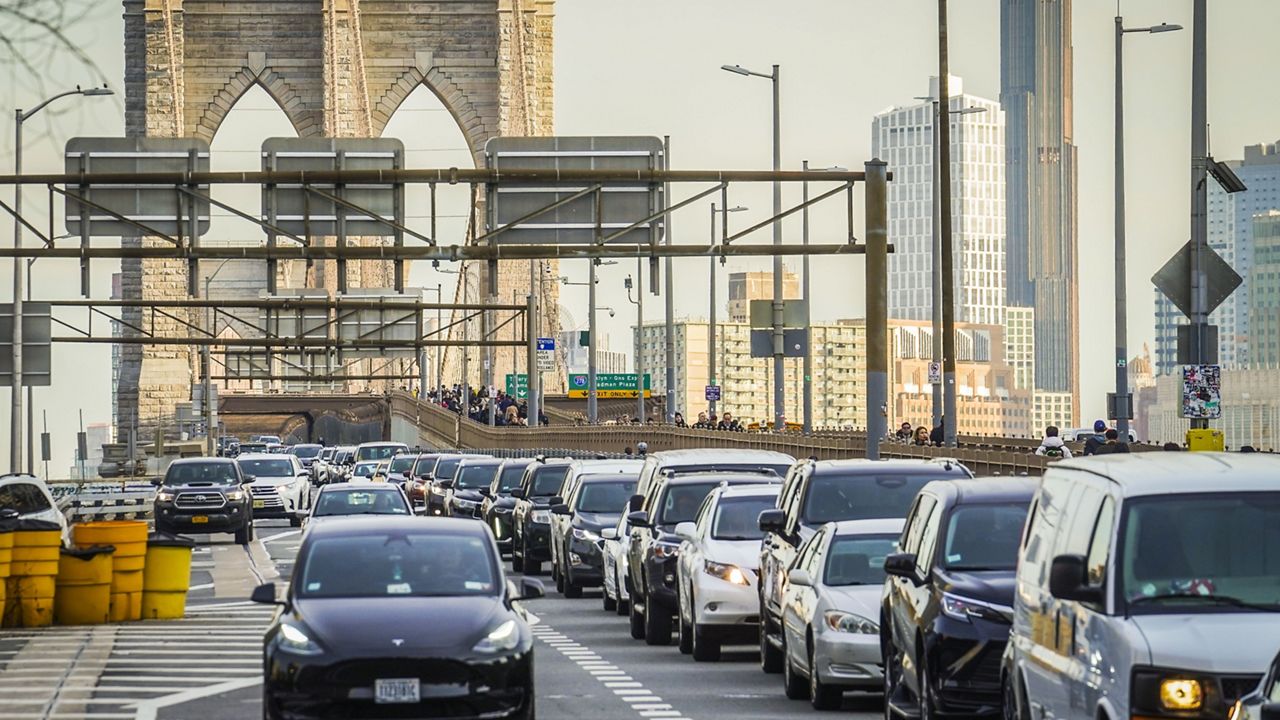Automakers will need to incorporate automatic emergency braking into passenger vehicles under a new Federal Motor Vehicle Safety Standard finalized late Monday.
Starting in September 2029, car companies will need to include the technology that detects possible collisions with objects and pedestrians and automatically applies the brakes if the driver has failed to do so.
Transportation Secretary Pete Buttigieg hailed the rule, saying in a statement it “will save hundreds of lives and prevent tens of thousands of injuries every year.”
The National Highway Traffic Safety Administration estimates the new standard will save at least 360 lives and prevent 24,000 injuries each year once implemented.
The requirement is for automatic emergency braking including pedestrian detection technology that works in daylight and darker conditions, according to the DOT.
Also known as AEB, automatic emergency braking uses sensors and forward-facing cameras to assess possible collisions. It is standard equipment in most new vehicles. In September 2022, 20 automakers whose vehicles represent 99% of the U.S. market committed to making AEB standard.
In 2022, the Automobile Association of America found AEB was successful in preventing rear-end collisions for 85% of situations that would have otherwise resulted in a crash when vehicles were traveling at 30 miles per hour. At 40 mph, the technology prevented 30% of rear-end collisions.
The technology was not successful in preventing crashes resulting from vehicles making a left turn in front of an oncoming vehicle in the AAA study.
The new standard requires that AEB be effective at stopping and avoiding contact with a vehicle in front of it at speeds up to 62 mph. It also requires the AEB system to automatically apply the brakes at speeds up to 90 mph when a collision with a vehicle in front of it is imminent, and to apply the brakes at speeds up to 45 mph when a pedestrian is detected.



